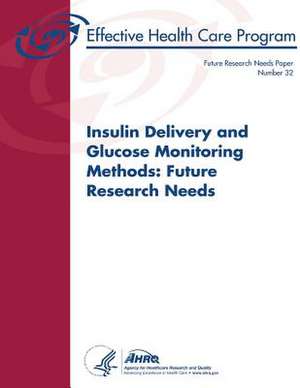Insulin Delivery and Glucose Monitoring Methods
Autor U. S. Department of Heal Human Services, Agency for Healthcare Resea And Qualityen Limba Engleză Paperback
Preț: 86.06 lei
Preț vechi: 90.58 lei
-5% Nou
Puncte Express: 129
Preț estimativ în valută:
16.47€ • 17.24$ • 13.63£
16.47€ • 17.24$ • 13.63£
Carte indisponibilă temporar
Doresc să fiu notificat când acest titlu va fi disponibil:
Se trimite...
Preluare comenzi: 021 569.72.76
Specificații
ISBN-13: 9781492204534
ISBN-10: 1492204536
Pagini: 62
Dimensiuni: 216 x 280 x 3 mm
Greutate: 0.17 kg
Editura: CREATESPACE
ISBN-10: 1492204536
Pagini: 62
Dimensiuni: 216 x 280 x 3 mm
Greutate: 0.17 kg
Editura: CREATESPACE
